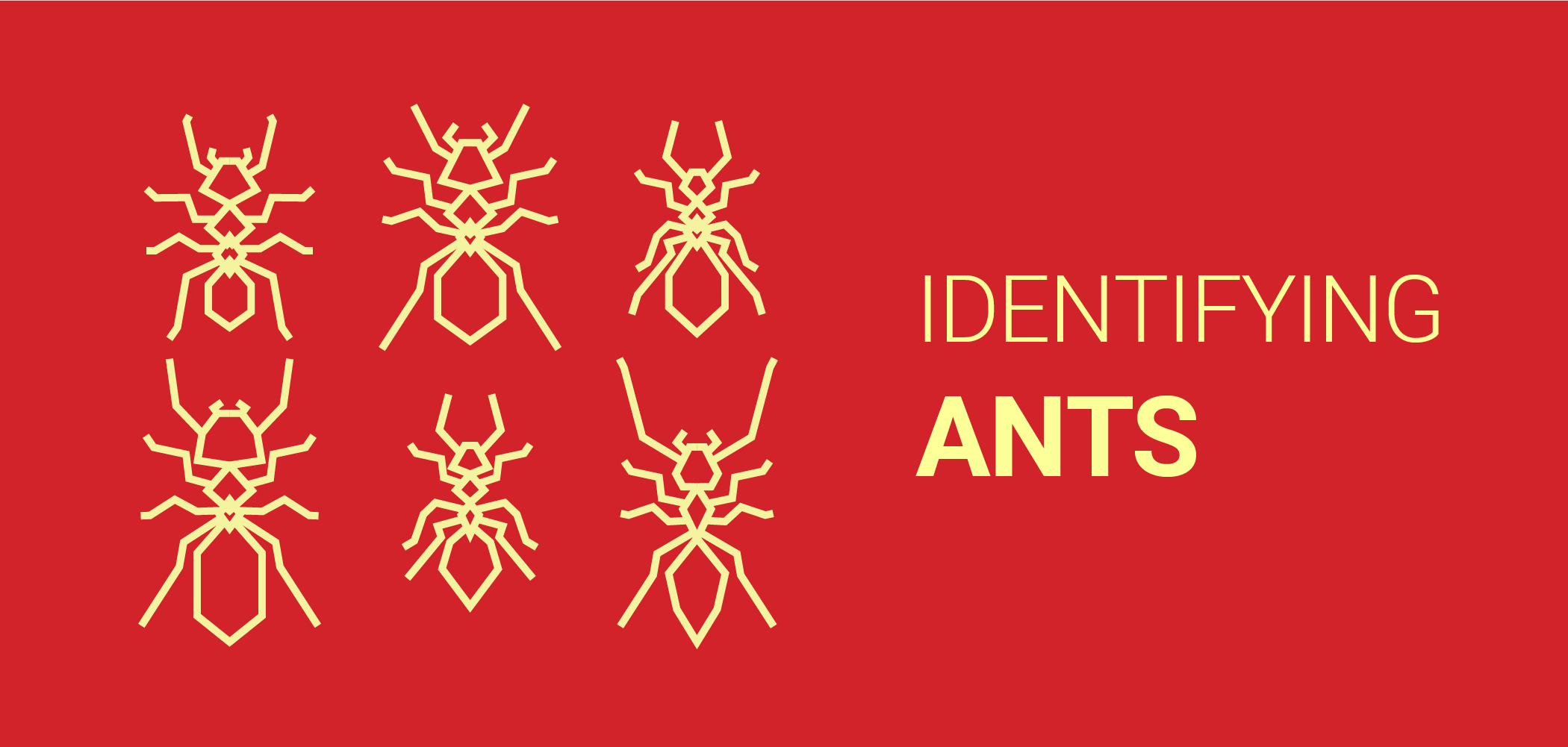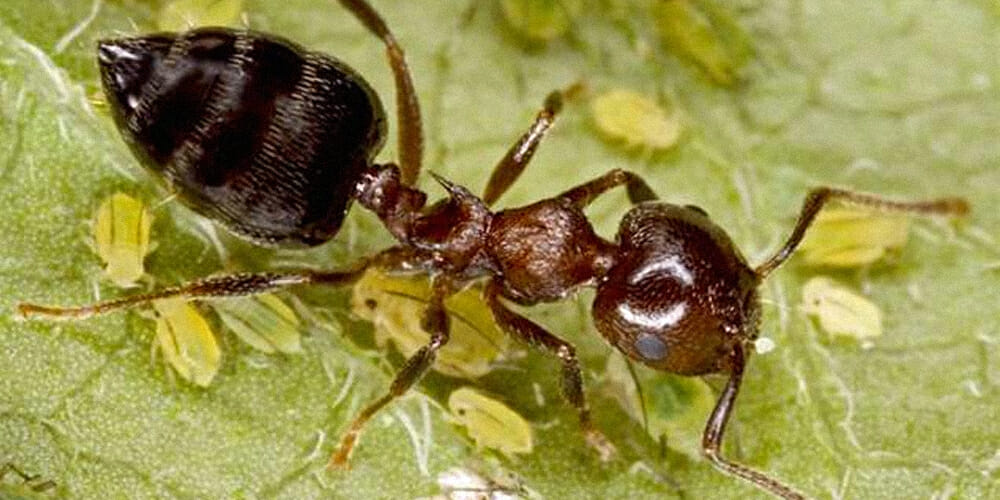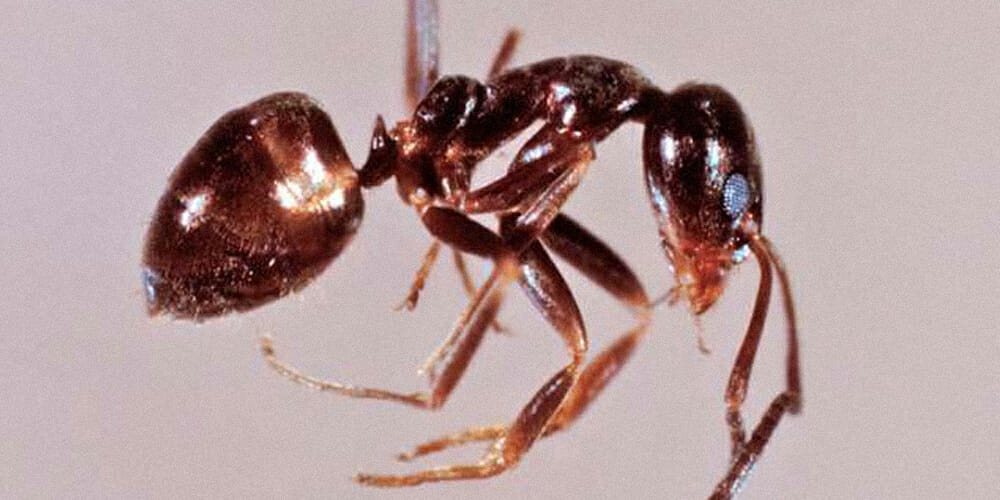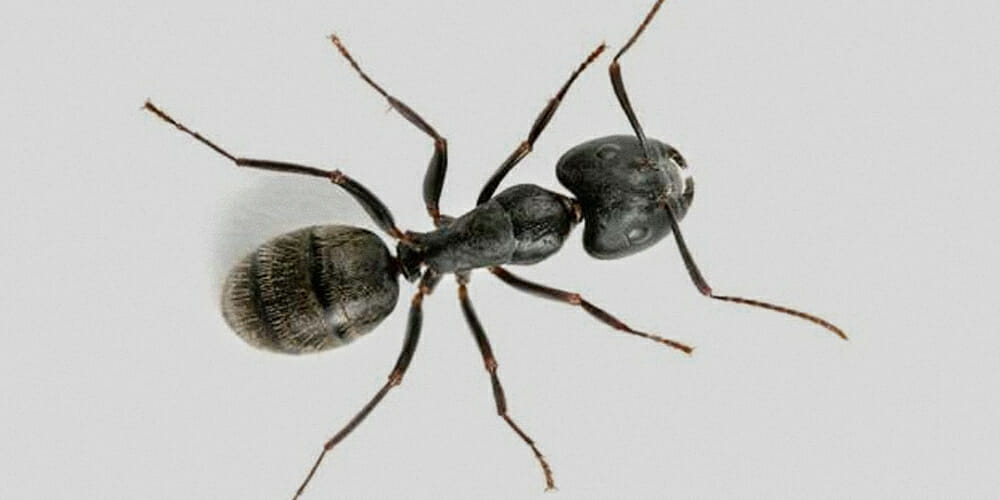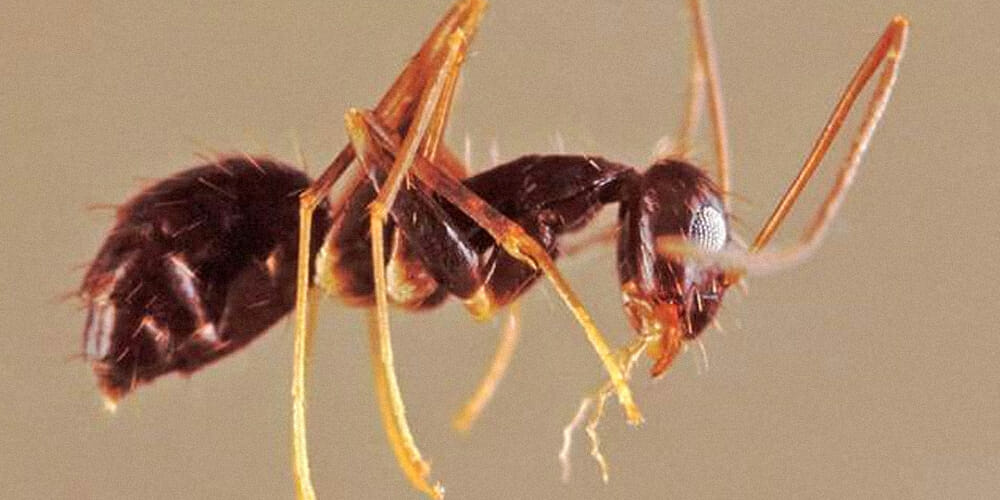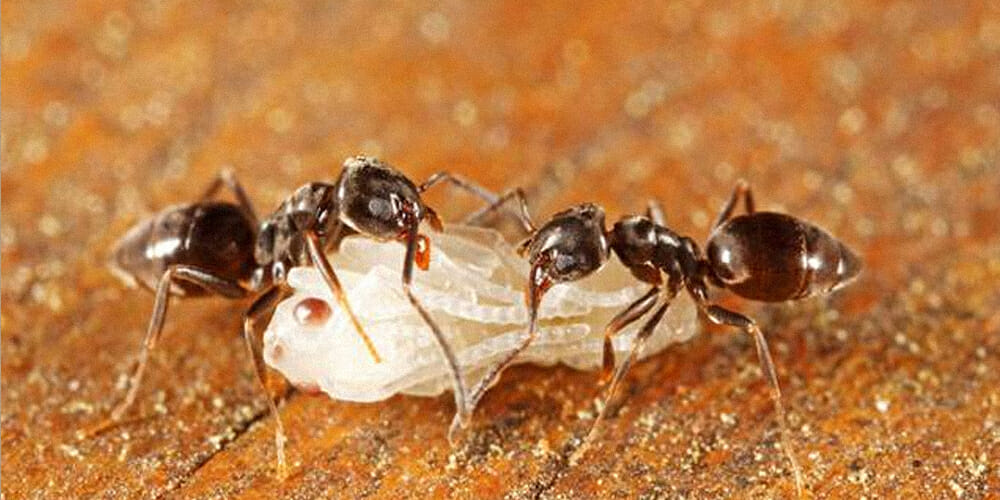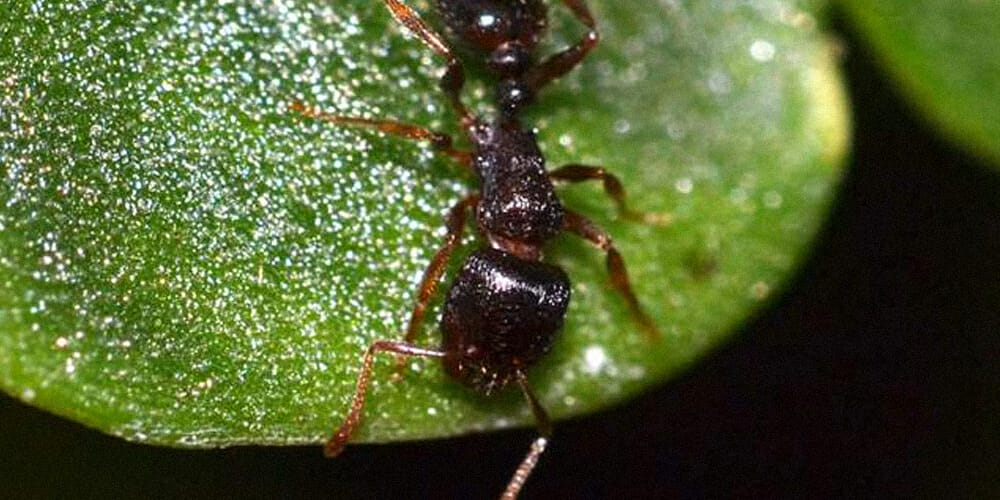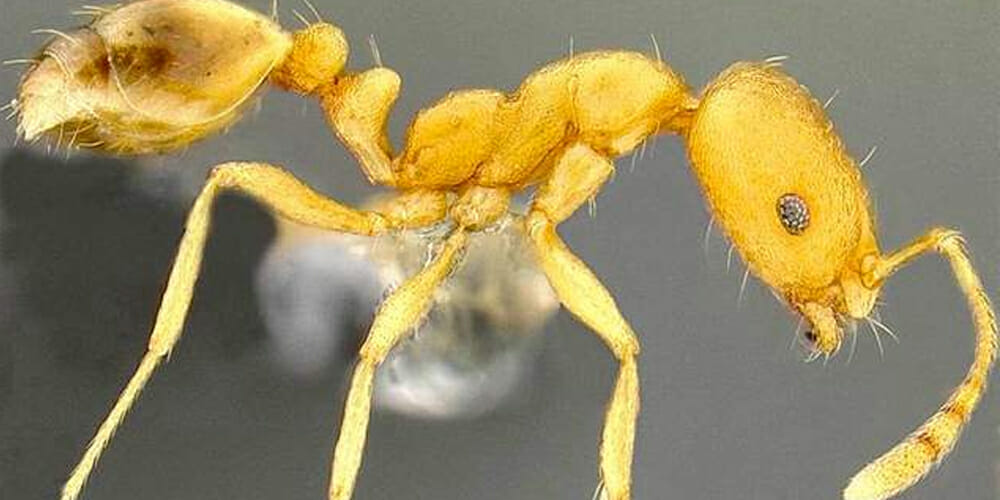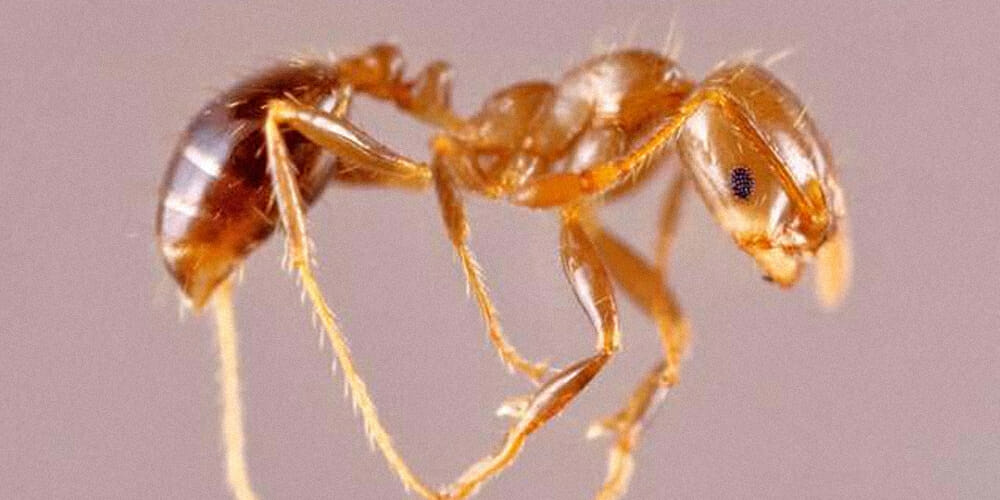Ant Identification
Identifying an ant infestation is more straightforward than other pest invasions, since it’s not uncommon to discover their foraging trails. However, identifying what type of ant is infesting your home can be more difficult. Many species of ants exist in the world, and several types can exist in more than one location. Learning about the most common ant species that could infest your home can help you understand how to handle them.
